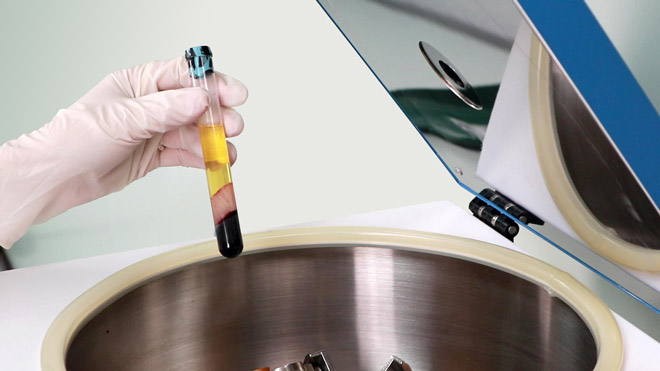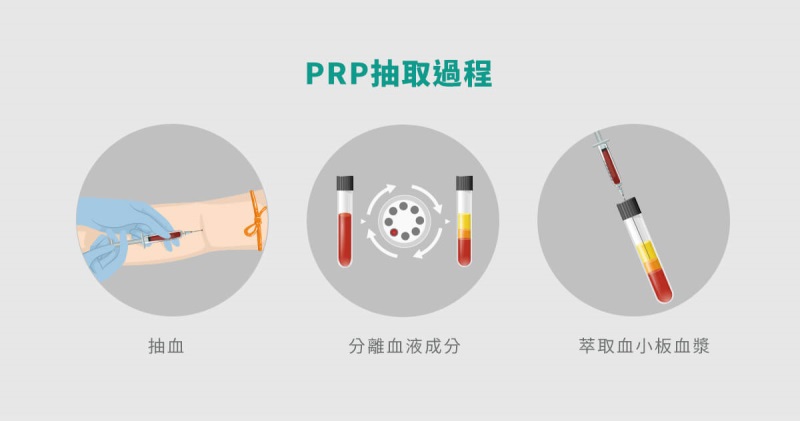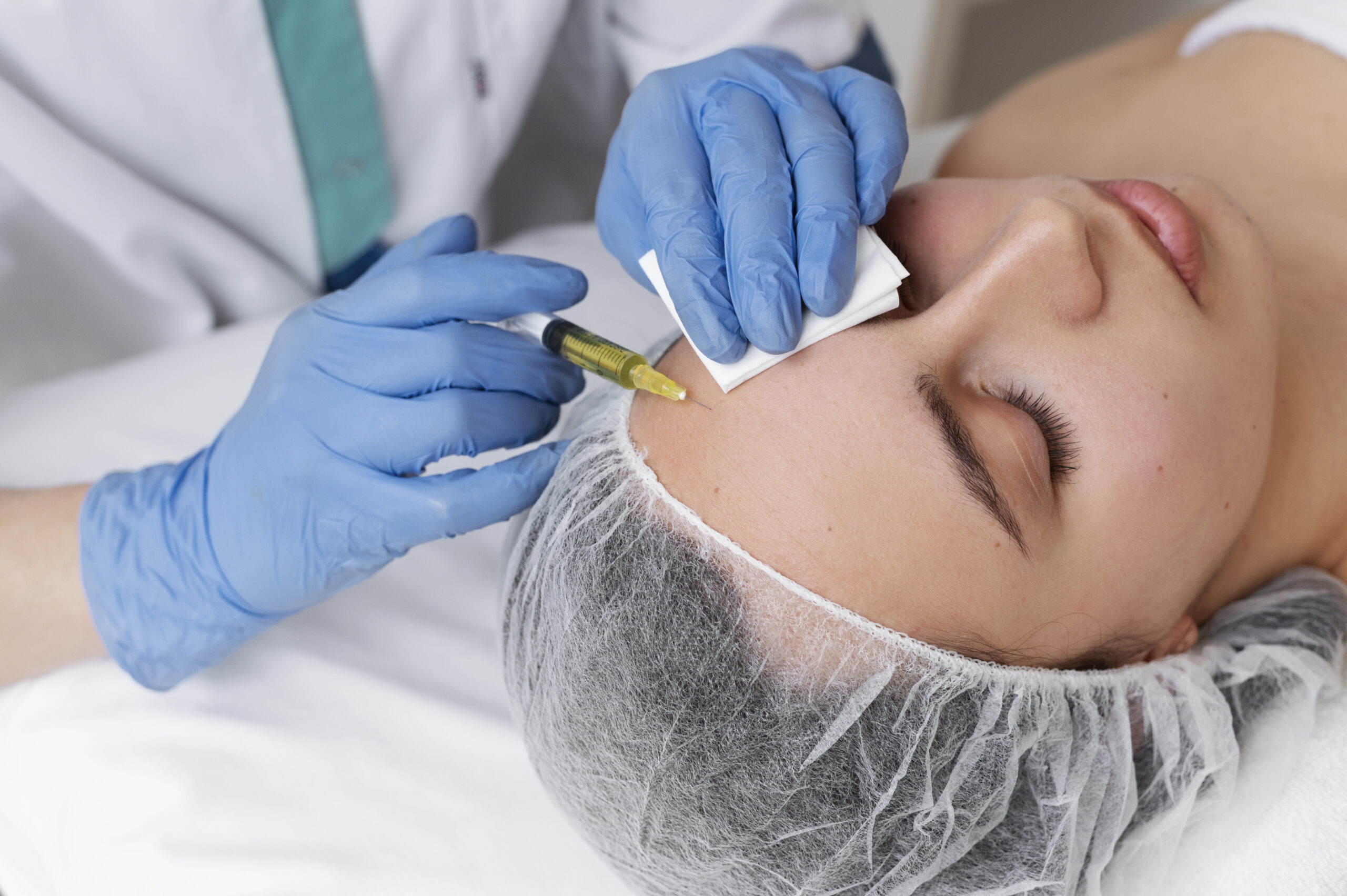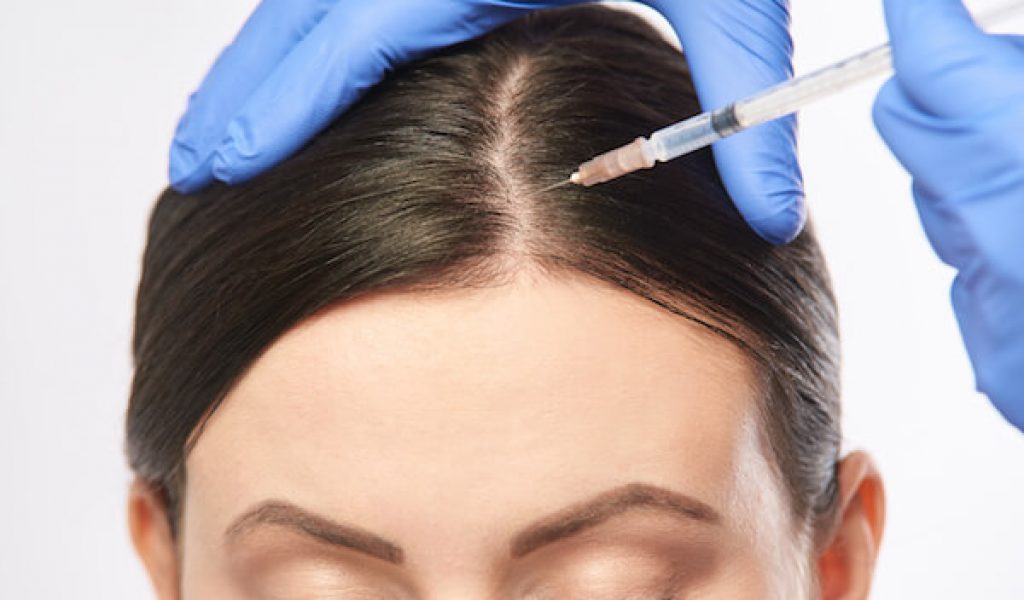Prime | PRP

PRP (Platelet-Rich Plasma) therapy is a highly acclaimed non-surgical cosmetic treatment known for its significant effectiveness. It is renowned for naturally and effectively improving facial skin and promoting hair regrowth. PRP therapy utilizes the patient's own growth factors and platelets by injecting plasma containing a high concentration of platelets. This stimulates tissue regeneration and healing, thereby improving facial skin condition and hair growth.

Prime | PRP Facing
PRP facial skin treatment is a popular minimally invasive cosmetic procedure that can significantly improve facial skin texture.
During the treatment, a nurse extracts a small sample of blood from the patient, processes it, and then injects it back into the facial skin.
This plasma, rich in platelets, contains growth factors that stimulate collagen production, reduce the appearance of fine lines and wrinkles, improve skin texture, and shrink pores.
PRP facial skin treatment does not require the use of external fillers or synthetic substances, thereby reducing the risk of allergic reactions or other adverse effects.

PRP Hair
PRP hair regeneration treatment is an effective non-surgical method used to promote hair growth and increase hair density.
During the treatment, a nurse injects plasma rich in platelets into the balding areas of the scalp, stimulating the growth of follicle cells and increasing hair density.
This treatment utilizes the patient's own blood to awaken dormant follicles, enhancing hair thickness and density, providing a natural solution for hair thinning issues.

Frequently Asked Questions (FAQ) about PRP Treatment
1. What is the recovery time for PRP treatment?
PRP facial care and hair regeneration treatments typically have minimal recovery time. Patients can usually resume normal activities immediately, but it's recommended to avoid strenuous exercise within 24 hours post-treatment. Saunas, hot baths, and similar activities should also be avoided during this time.
2. How many treatments do I need?
The number of treatments depends on individual needs and the severity of the condition being treated. Generally, it is recommended to undergo 3-6 treatment sessions spaced 4-6 weeks apart.
3. Does PRP treatment hurt?
Most patients describe the treatment process as mildly uncomfortable but not painful. Topical anesthesia is applied locally to ensure maximum comfort during the procedure.
4. When will I see results?
Results can begin to show within a few weeks, but optimal results typically require a series of treatments.
5. Is PRP treatment suitable for everyone?
- While PRP treatment is generally safe for most people, it may not be suitable for individuals with certain medical conditions. During the consultation, we will gather a comprehensive medical history to determine if you are a suitable candidate for treatment.
These answers aim to provide you with a basic understanding of PRP treatment. If you have more questions or need further consultation, please feel free to contact us.
